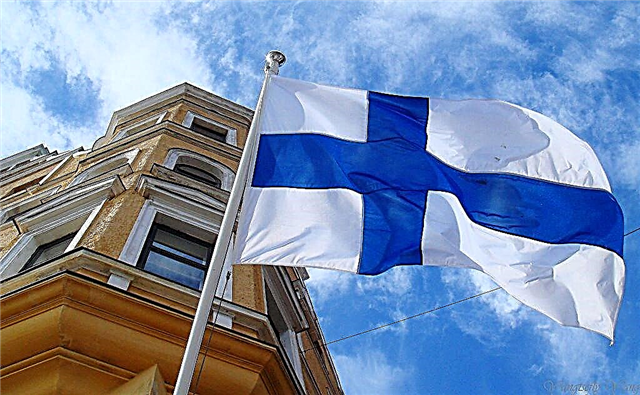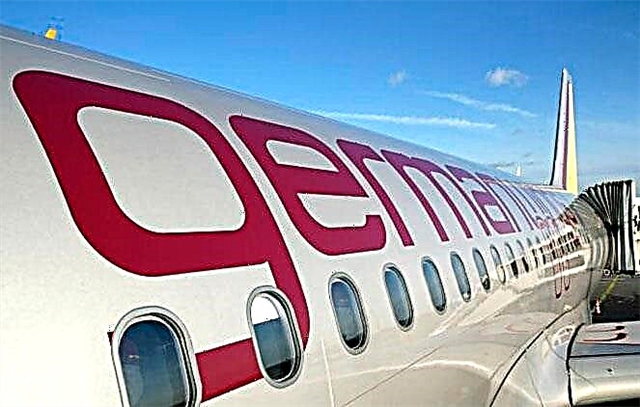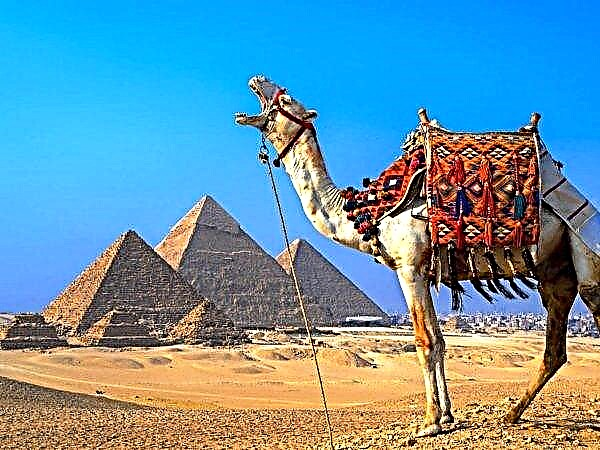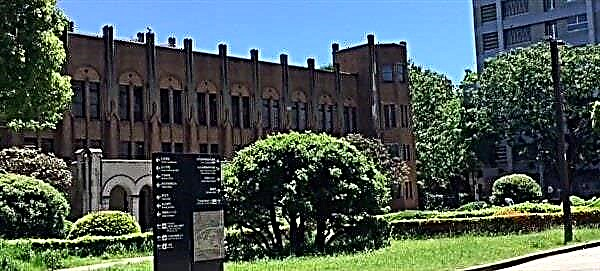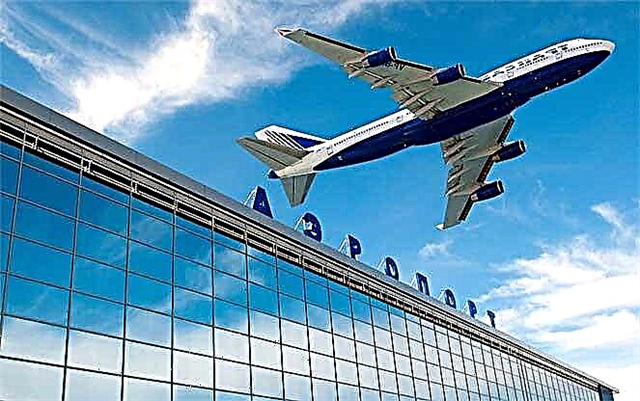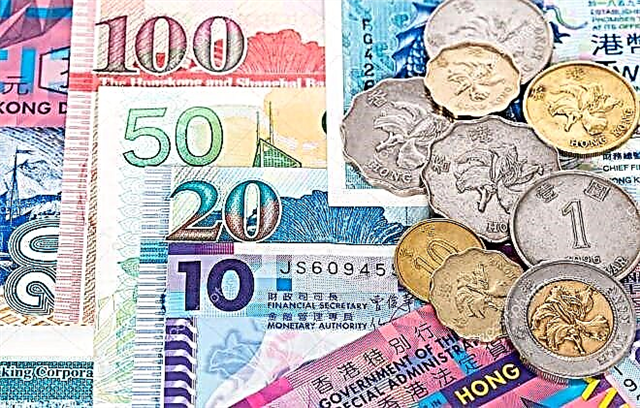Few of the residents of the post-Soviet space are planning to move to Hong Kong, not associated with a new job or running their own business. However, sightseeing trips and business trips are far from uncommon for this autonomy of China. Regardless of the purpose of the trip, a foreigner is always interested in the currency of Hong Kong, the exchange rate and the best ways to exchange it.

A brief history of the Hong Kong dollar
In 1895, the Hong Kong authorities at the legislative level determined their own monetary policy, revealing to the world the Hong Kong dollar, for which the letter designation HKD is adopted in the international classification. Contrary to popular practice, it was decided to abandon the gold standard in favor of silver coins. The choice of materials for minting money was dictated by the economic and mental connection with China.
Until 1993, the composition and design of the coins changed several times. In particular, it was customary to mint on the obverse a portrait of the monarch of Great Britain, under whose protectorate part of Hong Kong was until 1997. Since the transfer of the former British colony to the sovereignty of China, the bauhinia flower, depicted on the flag of the current autonomy, appeared on the coins.
After the abolition of the silver standard in 1935, the Hong Kong currency was first pegged to the pound sterling (one HKD = 15 pence), and after 1983 changed to the US dollar.
Since 1997, three international financial institutions have the right to issue Hong Kong dollars at once: The Hongkong and Shanghai Banking Corporation Limited, Standard Chartered Bank, Bank of China.
Bargaining chips and 10-dollar bills are issued by the government of the autonomy. Bank notes from different manufacturers differ in design, but they are equally circulated throughout Hong Kong.
Variety of banknotes and coins
To date, up to six different versions of banknotes in denominations of 10, 20, 50, 100, 500 and 1000 HKD, coins of 1, 2, 5, 10 dollars and 10, 20, 50 cents have been released into free circulation. Depending on the issuer, Hong Kong banknotes may include the head of a lion, a dragon, and the tower of the Bank of China in Hong Kong.
More recently, in 2002, the government of the autonomy began to issue a paper bill of 10 dollars. And since 2007, the money supply has been supplemented with a polymer ticket of the same denomination.
According to the Hong Kong Monetary Authority background information, there are two series of metal coins in free circulation: with the image of Elizabeth II and the bauhinia flower. The latter was issued in 1993 in order to replace the already unreleased series with the royal portrait.
In this case, a coin with a queen's head must be accepted at all points of settlement without any reservations.
Indicative rates of world currencies to HKD
It is not without reason that the Hong Kong dollar has a reputation as one of the most stable and reliable currencies in the world. It is supported not least by the fact that the entire money supply is 100% secured by the foreign exchange reserves of issuing banks, denominated in US dollars. Issuance of Treasury notes in excess of these accumulations is prohibited by Hong Kong currency laws.
It is worth noting that a rather tight exchange rate peg to the North American currency has been formed in the autonomy. Over the past five years (from 2021 to 2021) the exchange rate of the Hong Kong dollar against the US dollar has fluctuated within a very narrow corridor: from 7.75 to 7.85 HKD per 1 USD.
In relation to other currencies of the world, the exchange rate is more dynamic.
| Currency pair name / code designation | Borders of exchange rate fluctuations for the 1st quarter of 2019 | Minimum and maximum for the previous 10 years |
|---|---|---|
| To US dollar (USD / HKD) | 7,83-7,85 | 7,75-7,85 |
| To Euro (EUR / HKD) | 8,825-9,053 | 8,185-11,546 |
| To Ukrainian hryvnia (UAH / HKD) | 0,277-0,299 | 0,277-1,01 |
| To Russian ruble (RUB / HKD) | 0,113-0,123 | 0,100-0,279 |
| To Chinese Yuan (CNY / HKD) | 1,137-1,174 | 1,120-1,277 |
The current value of the currency and its dynamics in the short and long term can be viewed on the website of the MoneyRatesToday currency converter.
Currency exchange in Hong Kong
 One of the first tasks of all visitors is to choose a place where to change money in Hong Kong. Traditionally, in the places of arrival in the autonomy (railway station and airport), the course is frankly unprofitable. An experienced traveler either refuses to exchange or transacts within $ 100.
One of the first tasks of all visitors is to choose a place where to change money in Hong Kong. Traditionally, in the places of arrival in the autonomy (railway station and airport), the course is frankly unprofitable. An experienced traveler either refuses to exchange or transacts within $ 100.
You should not change more than the cost of travel to the hotel plus payment of the first night of your stay, if it has not been done in advance.
In the daytime, usually from 7.00 to 20.00 hours, it will not be a problem to find an exchanger in the city. You can buy HKD at bank branches, but they will take a commission for the fact of the transaction (HK $ 50-100), although the rate can be very attractive.
It is best to look for classic commercial locations in complexes such as Chungking Mansions. In the local exchangers, you can buy currency without paying a commission. Some of the points even have their own website, where up-to-date information about the exchange rate for every day is laid out.
For example, a chain of points that has been operating in this market for over 40 years is Kin Shing Money Exchange Co Ltd. In any of the branches of the network, you can exchange the Hong Kong dollar for rubles and 22 other currencies of different countries.
If a tourist has the opportunity, it is better to spend time before leaving and get an international Visa or MasterCard. In Hong Kong, they are accepted almost everywhere.
In addition, HSBC's ATMs have an automatic conversion function when withdrawing cash. Losses from currency exchange will depend only on the tariffs of the bank that issued the plastic card.
What money is better to take with you to Hong Kong
After reunification with China, Hong Kong received the rights of the broadest autonomy until 2047. As part of the "one country - two systems" course, the territory gained independence, including in the conduct of monetary policy. Therefore, the only legal currency for settlement here is the Hong Kong dollar.
Russian tourists, deciding with what currency to go to Hong Kong, need to take into account several nuances:
- if there are savings in USD or EUR, then it is better to exchange them upon arrival at the place, and not at home (this way you can avoid a double exchange);
- the exchange rate of the Russian ruble in Hong Kong exchangers is very unprofitable, so you should look for exchange options in Russia or use non-cash means of payment;
- Although the HKD to USD rate is conventionally fixed, the practice of direct settlement in US dollars is not common.
What a tourist should do with Russian rubles in his wallet
 Residents of Russia cannot freely exchange Hong Kong dollars either at the nearest commercial exchange office or at a branch of a large bank. Such giants as VTB, Sberbank and Tinkoff offer to buy such currency only through special cash desks and by prior order. Offices that carry out such exchanges are not even located in every major city, so the likelihood of a profitable and quick exchange is practically absent.
Residents of Russia cannot freely exchange Hong Kong dollars either at the nearest commercial exchange office or at a branch of a large bank. Such giants as VTB, Sberbank and Tinkoff offer to buy such currency only through special cash desks and by prior order. Offices that carry out such exchanges are not even located in every major city, so the likelihood of a profitable and quick exchange is practically absent.
In Hong Kong itself, problems with the exchange are also possible: even if the exchanger posts the rate on the scoreboard, they may refuse to accept the Russian currency. The reason, of course, will be explained, but without knowing the language it will be problematic to understand it.
The way out for Russian tourists is simple: exchange funds for a trip at home for US dollars or euros, or issue an international multicard. It must be remembered that MIR cards in Hong Kong are not accepted in any form, therefore, it is better to focus on Visa and Mastercard.
Is it possible to pay with a card and is there a benefit in cashless exchange
The exchange rate of cash Russian rubles for Hong Kong dollars and back in Hong Kong itself is too unprofitable. This is clearly demonstrated by the difference between the cost of conversion at an exchange office and the tariffs of an international plastic card. For example, as of 28.03. 2021 the picture is something like this.
| Calculation tool | Buy, RUB for 1 HKD | Sell, RUB for 1 HKD |
|---|---|---|
| In the Kin Shing exchanger | 9.09 | 7.69 |
| Tinkoff credit card transactions (online and offline payments) | 8.42 | 8.12 |
| RF Central Bank rate | 8.229 |
Another positive aspect of using a plastic card is the absence of problems during customs control. When entering the territory of the Chinese autonomy, there are no restrictions on the amount of imported currency. However, upon check-out, the total amount of cash must not exceed the original amount.
In addition, the use of non-cash payment means protects foreigners as much as possible from the risk of fraud and deception when transferring funds or paying for services.
Conclusion
An insufficiently thought out financial side of travel can overshadow any vacation. To prevent this from happening, you need to not only find out in advance what money is in Hong Kong, but also try to look for the best exchange places before starting your trip.
Since the Hong Kong dollar is not considered a freely convertible currency in Russia, it is better to take US dollars with you or replenish a card account in advance, which will be available for use abroad.

